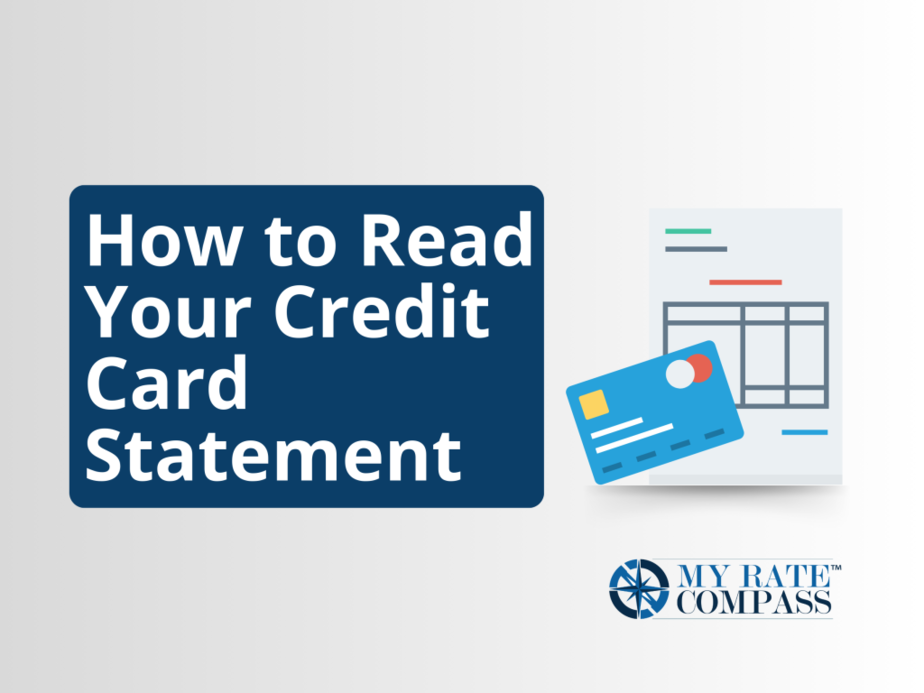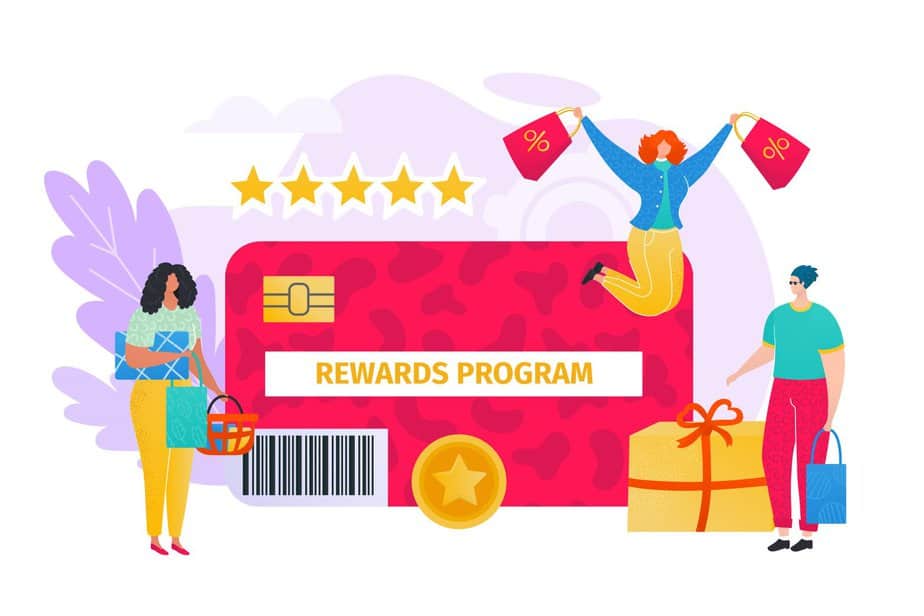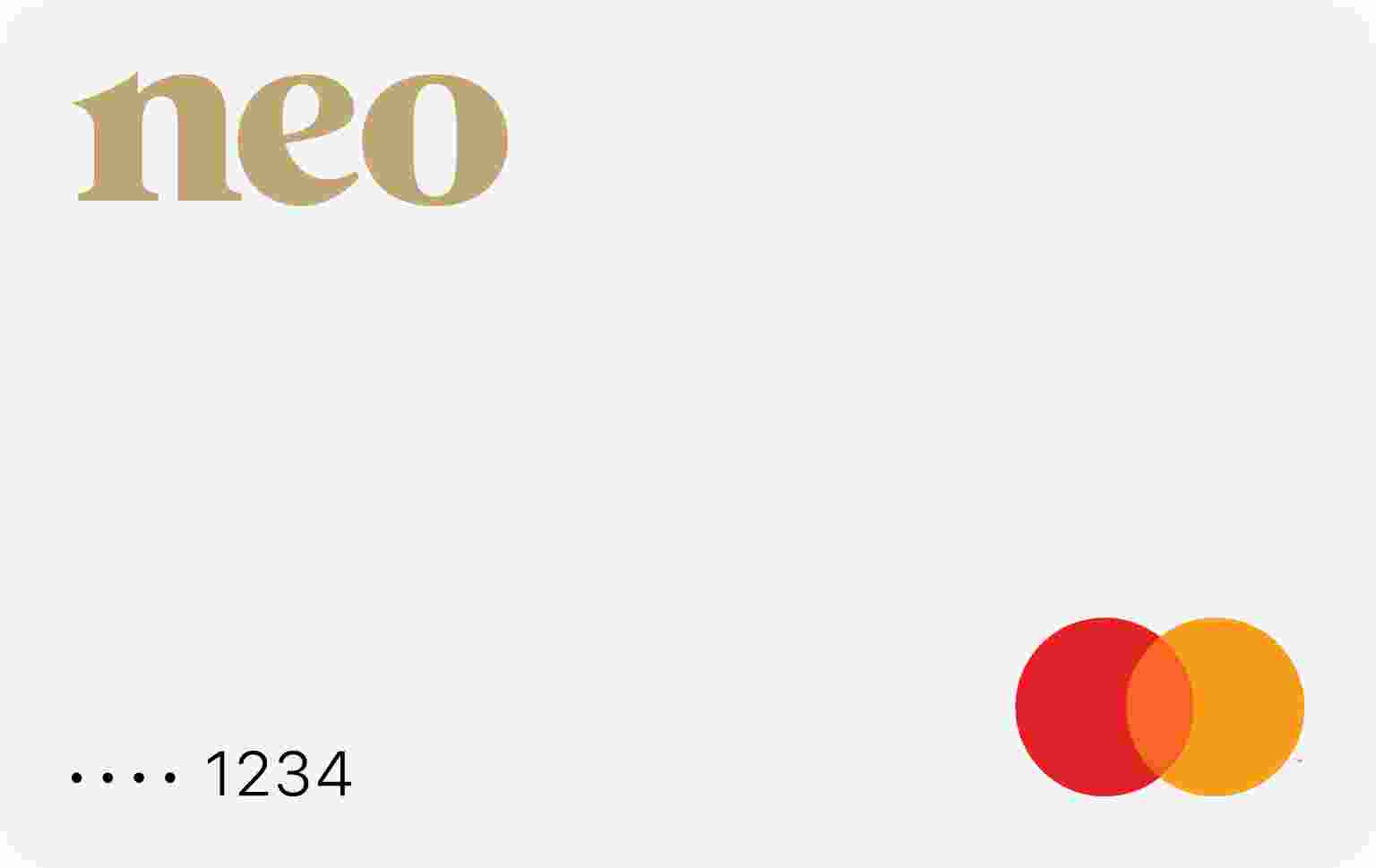Ever wondered what all those numbers on your credit card statement mean? No sweat, it’s a common feeling—we’re all in the same boat here. Alright, let’s demystify your credit card statement together, making sure you can track your spending and dodge any unexpected shocks.
First, you’ll want to know where to find your credit card statement. You can usually access your statement online through your credit card issuer’s website or app. If that’s not an option for you, your issuer may send a paper copy of the statement in the mail every month.
Once you have access to your statement, it’s time to take a closer look at what it contains. Begin by looking over the billing summary section near the top of the page. This section should tell you when the billing period is and how much money was charged during that time period (the total amount due). It will also list any outstanding balances from previous statements that haven’t been paid yet, as well as any late fees.
Know when your statement is due and make sure to pay it on time
Late payments can sometimes be a hassle, so the best way to stay on top of things is to know when your bill is due. Taking that extra step to guarantee you don’t pay late helps save money and maintains a good reputation. It’s worth it to mark the dates down in your calendar or set phone reminders so that you’re prepared for when it’s time to pay up. Making sure your payment is on time will help you avoid unexpected fees and keep your long-term goals in check.
Understand the components of your statement
The line items on the statement can be a bit confusing. That’s why it’s important to break it down and fully understand all of its parts:
• The opening balance: This is the total amount that was due from your last statement.
• Current charges and credits: This section includes any new charges or credits (such as returns) during the current billing period.
• Payments, credit transfers and other credits applied: Here you’ll find any payments made, credit transfers, or other types of credits used toward your account.
• New balances and payments due: This area shows how much is past due along with the current balance and when payment is due by.
Review your account balance and transactions regularly
Staying on top of your account balance and transactions should be a priority as it’s a good gauge of your financial health. It’s especially important when you’re using debit or credit cards since they can be used by anyone who has access to your accounts. Regular reviews of your statements help you catch any potential fraudulent activity or if there are charges on there you don’t recognize. So make sure to dedicate a few minutes each week for reviewing them – trust me, it’ll save you money in the long run!
Understand what the different charges on your statement mean
Your credit or debit card statement can be daunting, but with a little understanding you can make sense of the different charges. Lots of transactions are easy to understand – Clothes, groceries, coffee etc. But there may be things that seem out of nowhere like insurance payments, taxes and other fees such as annual or late charges. Next time you take a look at your statement don’t be overwhelmed – take it as an opportunity to understand what charges are out there and get to grips with where your money is going.
If you see any unauthorized charges, contact your credit card company immediately
Don’t let unauthorized charges mess up your finances! If you come across any suspicious charges on your credit card bill, it’s best to contact your credit company right away. Letting them know can help prevent further fraudulent activity, and they will work with you to make sure you don’t pay for something that wasn’t ordered by you. Reaching out early could also help keep your financial information safe and secure; this way, you’ll be able to get back to enjoying the perks of your credit card without worrying about additional hassles.
Keep track of your spending so you don’t go over your credit limit
Tracking your spending can be a useful tool to help you stay on top of your finances. There are various forms of tracking tools available, from keeping a record in a paper ledger, taking advantage of apps or programs that track spending for you, or even connecting financial management accounts between banks and online retailers. Invest some time into exploring what tools are out there – it’ll be worth it if it helps prevent any financial pain down the line!
Pay off your balance in full every month to avoid interest charges
Managing finances can be intimidating and tricky, but there are certain steps you can take to simplify the process. To help make sure you’re not accumulating extra debt due to interest charges, consider aiming to pay off your balance in full each month. Though it might feel like an additional burden on your wallet initially, this practice of fiscal responsibility will ensure that you only pay for what you actually owe. Dealing with financing doesn’t have to be a nightmare—take the necessary steps today to ensure that your spending reaps the rewards tomorrow!
By following these simple tips, you can master your credit card statement and avoid any nasty surprises. Keep track of your spending, review your account balance and transactions regularly, and pay off your balance in full every month to avoid interest charges. If you see any unauthorized charges, contact your credit card company immediately. So don’t be afraid to take a look at your credit card statement – it’s all part of being a savvy consumer!






